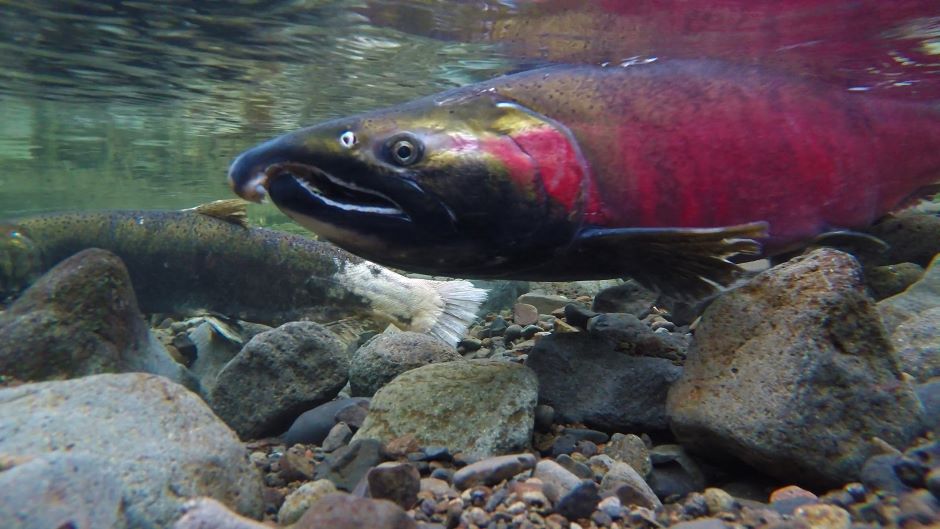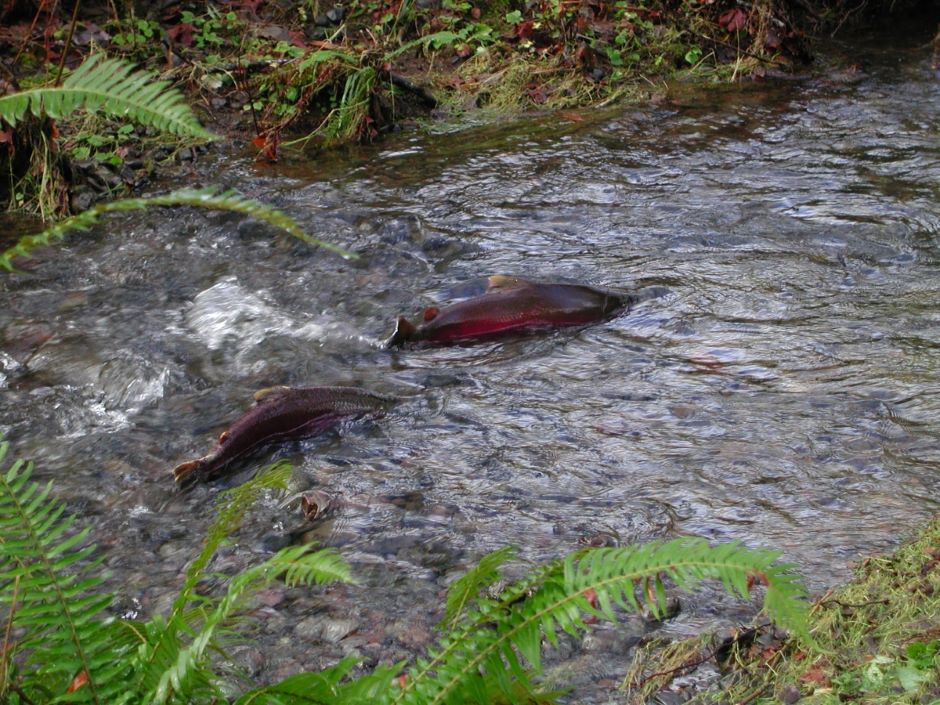Opposites Attract For Wild Coho Salmon
 An Oregon coho salmon. (Credit: Bureau of Land Management, via Flickr)
An Oregon coho salmon. (Credit: Bureau of Land Management, via Flickr)A 2021 study released by Oregon State University highlights the unique mate-choosing pattern of wild coho salmon. OSU has spent several years examining salmon. In particular, the University is interested in comparing wild and hatchery-raised salmon. Whether it be migration habits, mating patterns, or comparing natural magnetic responses—there is a clear difference between wild and domestic salmon.
The research is important in that it helps hatchery management adjust rearing conditions to better reflect natural environments while still protecting the fish. Previous studies from OSU found that the metal used in hatchery walls may negatively impact salmon’s internal compass. This unique trait allows the fish to migrate between rivers and the sea.
Why Wild Coho Salmon Matter
Wild coho salmon are categorized as a threatened species under the Endangered Species Act. The ESA attributes the population loss to overfishing, pollution, and poor water conditions (both in freshwater and saltwater environments) due to climate change.
While hatcheries were started to help salmon populations 40 years ago with the best intentions, some research indicates that hatchery salmon are too different from their wild-born siblings. In short, hatchery salmon don’t choose ideal partners and are more like to have invalid spawn. Even if they mate with a wild salmon, the resulting fry are not as viable as those birthed from two wild cohos and hurt the population in the long run.
The hatchery coho harm native coho reproduction and has led to a drawdown of the number of offspring that survive. To determine what might be causing this poor partner choice, researchers looked to compare the genetic makeup of wild and hatchery coho.

Coho salmon. (Credit: Oregon Department of Forestry/ODF, Public Domain).
Opposites Attract
Both species tended to demonstrate negative assortment in their choice of mate. Negative assortment is typical for fish and essentially proves that sometimes, opposites do attract. Coho of both groups were more likely to choose a genetically different partner. Negative assortment is natural and based on a survival basis. Breeding with genetically different fish leads to more resilient and stronger fry.
That is, except for in cases of wild and hatchery pairing up. Researchers found that while negative assortment was shared between the two groups, the genetic differences the two selected were different. Heather Auld, a post-doctoral research associate at Oregon State University’s Coastal Oregon Marine Experiment Station and the study’s lead author, said, “We don’t know what the outcomes of those genes are . . . We know some may be linked to neural development, and some may be linked to behavior, but we don’t know exactly how their specific features are presenting in the fish.”
Emulating Natural Mate Selection
In order to bridge the gap between wild and hatchery coho, researchers are working to recreate more natural mating behaviors so that hatchery coho may be able to blend into native populations better.
The three-year experiment requires that each female salmon’s eggs be split into two groups. One group is fertilized with a randomly selected male (typical for a hatchery). The other is fertilized with a male best suited for the female based on a genetic profile.
2021 is the first year that some of the male and female salmon will return to the hatchery site. The team will spend the next several years of experimentation focusing on genetic samples in hopes of determining if the program was successful.



0 comments